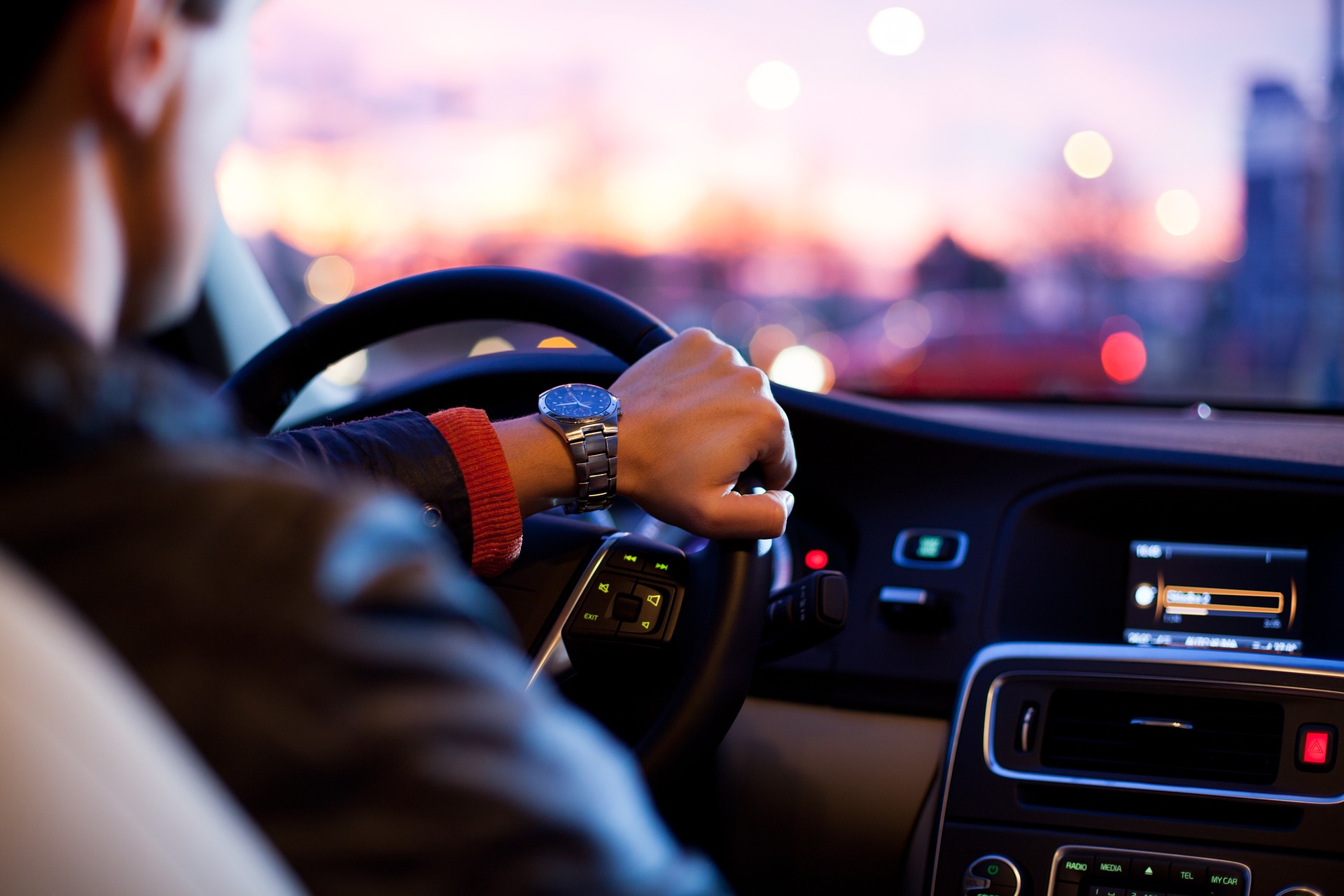
Radio Revolution
For over 50 years, the radio experience in cars has remained virtually unchanged. The simple thrill of turning a dial to a set frequency and magically receiving audio through the cabin speakers was thoroughly satisfying for generations of drivers. But this is a new era, and smartphones and internet radio have transformed listener expectations. It should come as no surprise that the once static in-car radio experience is being transformed by new apps that provide a richer UI with album art, metadata, and the ability to filter and search for specific stations or genres.
The widespread integration of HD Radio was an initial step towards the future of radio. However, with HD, cars are still incapable of two-way communication. This prohibits the kind of personalization that internet radio providers can offer by clearly identifying their user base and tailoring the offering to their listening habits.
The addition of connectivity to the radio experience opens up additional unique user experiences not currently possible with embedded tuners. For example, connectivity provides the ability for programming to continue uninterrupted when the FM signal weakens by automatically switching from the tuner audio signal to its internet radio stream. The user can then receive additional information about an artist they may be listening to, including local tour dates or album availability.
For an embedded tuner to provide a smarter and more customized experience to the listener, it needs a 2-way connection to the internet. Auto makers are moving towards embedded cellular connectivity in cars providing potential for this connected radio experience to be realized. Unfortunately, the cost of cellular modems and the hardware requirements for the infotainment platform are still high, and cellular data can be expensive as well. Most customers aren’t willing to shell out more money for another data plan beyond their current smartphone plan. These factors result in automakers and head unit manufacturers providing connectivity on their high end “premium” platforms while leaving the high-volume entry to mid-level platforms unconnected.
Despite the complexities of the current landscape, the auto industry is evolving faster than ever, and the car radio experience must evolve along with it or consumers will quickly turn off the dial and find their entertainment elsewhere. If we consider that most drivers now own a smartphone and have existing data plans, it seems natural to allow them to connect their phone to the infotainment system for internet connectivity with no extra cost or hardware development. That’s the philosophy behind Abalta’s SmartLink, which enables these connected radio experiences by allowing the customer to provide internet connectivity to their vehicle via their smartphone. By putting the phone at the center of the connected car, auto makers and suppliers can leverage an existing ecosystem of content and apps without any additional work, offering consumers the modern listening experience they’ve come to expect.


